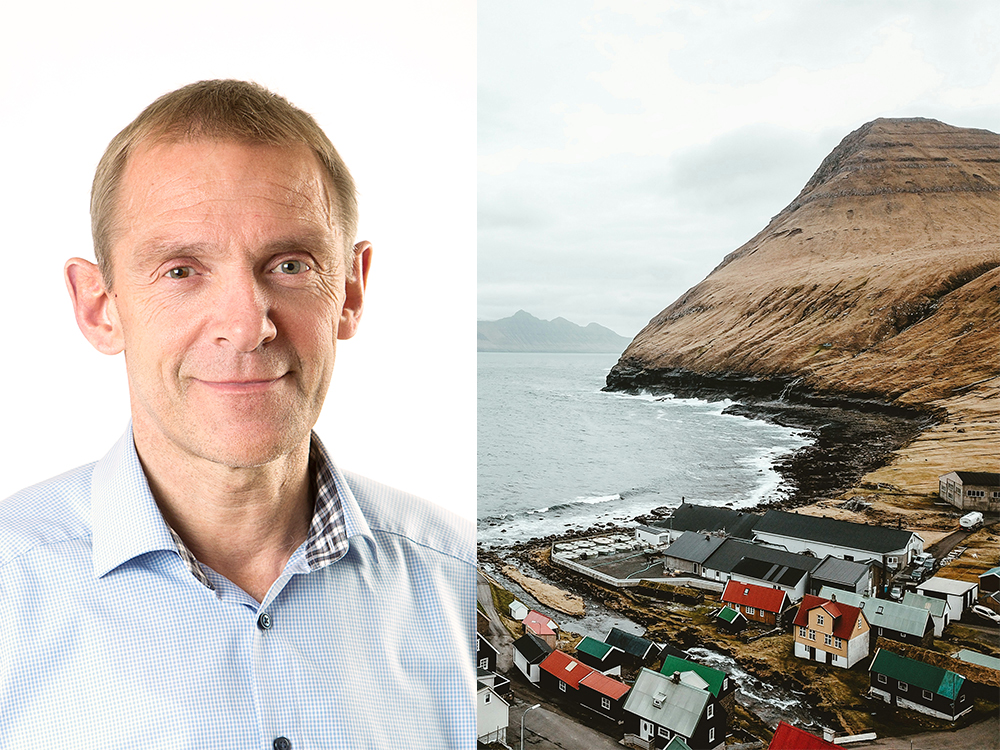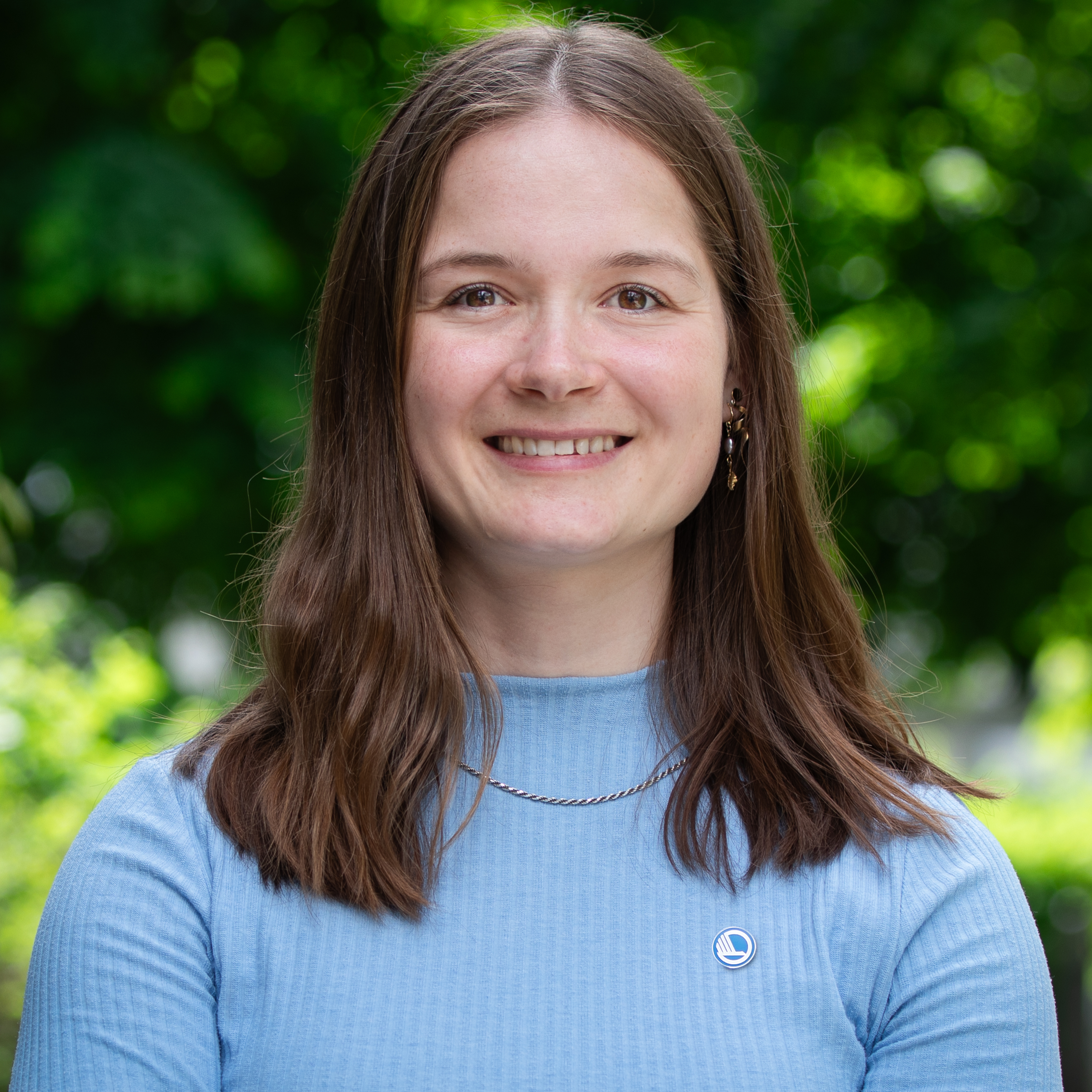
What is the Faroe Islands’ plan for becoming carbon neutral?
Isolated and remote regions face distinct energy challenges in a literal as well as practical sense. The unaccessible character of remote areas gives rise to specific barriers to implementing green…
Isolated and remote regions face distinct energy challenges in a literal as well as practical sense. The unaccessible character of remote areas gives rise to specific barriers to implementing green energy solutions. However, Nordic islands and remote areas have come a long way in their research and technology for being CO2-neutral, gaining global interest and the necessary prerequisites for becoming leading examples within the field of carbon-neutral strategies.
One of the Nordic islands playing a significant role in advancing green energy initiatives for places that are isolated or distant is the Faroe Islands. The Faroe Islands, like all other countries in this part of the world, are undergoing a green transition in energy production and energy use. Formally, the process began with a unanimous decision in the Faroese parliament in 2009, which committed the future governors to an energy policy that by 2020 would reduce total CO2-emissions by 20% compared to the base year 2005. How has the approach towards this goal progressed, and what are the next steps?
To learn more about the Faroese work on making their island group CO2-neutral, Nordic Energy Research talked to Kári Mannbjørn Mortensen, Head of Department at the Environment Agency, Faroe Islands. Kári is also the Faroese representative in the Net Zero Islands Network – a network for actors working for sustainable energy solutions for islands and remote areas, funded by the Nordic Council of Ministers.

Kári Mannbjørn Mortensen, Head of Department at the Environment Agency, Faroe Islands, and Faroese member of the Net Zero Islands Network.
Status of today and strategy for tomorrow
According to Kári, the previous commitment to reduce emissions has not been achieved in practice, mainly because green initiatives have not kept pace with the rapid growth of Faroese society in recent years.
“However, the arrows are now definitely pointing in the right direction with major expansion of wind energy, pumped hydropower storage, conversion of heating from oil-fired boilers to heat pumps, electric cars, and the beginning electrification of industry on land and in maritime energy consumption. But there is still a long way to go, as the total Faroese energy production in 2023 was over 90% from oil and just less than 10% from renewable energy sources,” says Kári.
“In addition, the current government’s goal is for CO2-emissions in 2030 to be 45% lower than in 2022. In figures, this means that the reduction between now and 2030 should be 570,000 CO2 units. This roughly corresponds to a reduction in oil consumption of 180,000 tonnes per year by 2030. Today, total oil consumption is around 300,000 tonnes per year.”
Reducing oil consumption by 180,000 tonnes per year by 2030 is a huge challenge. However, the strategy is clear.
“It is important to significantly expand renewable energy, especially wind energy, both on land and floating offshore, but also solar energy and perhaps tidal power. At the same time, it is important to electrify as much of the consumption as possible. This electrification is well underway in power generation, heating, and transport on land. When it comes to the onshore industry, the challenge is to implement large heat pumps for the major players in the salmon feed and fishmeal industries,” says Kári. “Also, half of the oil consumption in the Faroe Islands is in the maritime sector. The challenge here is to find the balance between batteries and liquid green fuels and to implement the new solutions.”
Two pioneer projects
When asked to describe best practices from the Faroe Islands, Kári highlights two systems that were implemented two years ago and are now successful pioneer projects.
“Firstly, the Faroe Islands are located far out in the Atlantic Ocean and have no electrical cable connection to the outside world. This makes it even more challenging to keep the grid stable and reliable with an increasing share of fluctuating wind energy in the system. Together with international suppliers, the Faroese electricity company SEV has therefore developed and implemented gridsize battery systems including synchronous compensators, which are crucial for keeping frequency and voltage stable in the electricity system with an increasing share of wind energy,” says Kári.
See a description of the technology here (in Faroese).
“Second, utilising the green electricity when it is available is another big challenge. Already with around 70 MW of wind energy in the electricity system, when there is strong wind, there is often a large surplus of electricity that is not utilised. It is therefore important to develop flexible consumers who are able to use green electricity when it is available and can do without it when it is not. A good example of an initiative addressing this issue is a Nordic project involving heating in a local district heating system and building a 100% electric catamaran boat for the salmon farming industry,” says Kári.
Watch a film about the project here:
The Net Zero Islands Network
A key element in promoting green energy solutions for islands and remote areas is the Net Zero Islands Network. The purpose of the network is, e.g., to let the islands and isolated areas share knowledge, increase job opportunities, and investigate CO2-negative possibilities. So far, there have been three meetings with the network. One in the Faroe Islands, one in Greenland, and one in Shetland. What has Kári gained from participating in the network, and what does he hope to achieve with the network in the future?
“It is very rewarding to meet in the respective countries and see and hear about the local challenges. It’s also valuable to be part of a network with common issues and focus and to make rewarding contacts. And for the Faroe Islands in particular, the opportunities with offshore wind, which we saw in Shetland and will see again in Åland this summer, are especially interesting,” says Kári. “In the development of floating offshore wind farms in particular, we see great opportunities in the Faroe Islands. In the future, this energy source can produce the energy needed to cover our entire energy consumption, which today comes from oil, through the production of hydrogen and ammonia,” he concludes.

